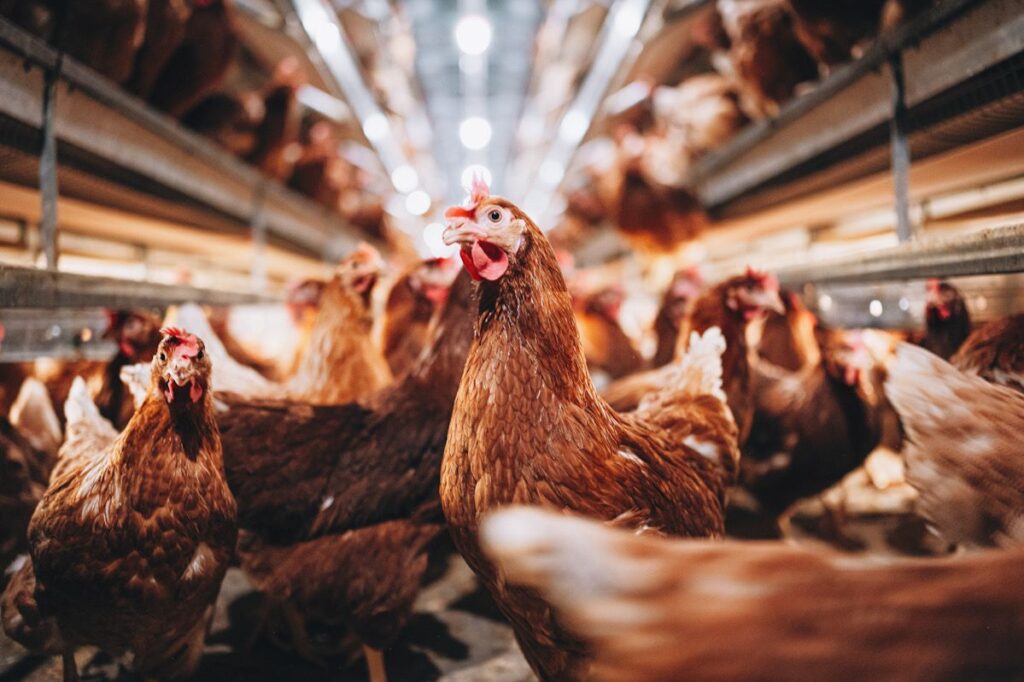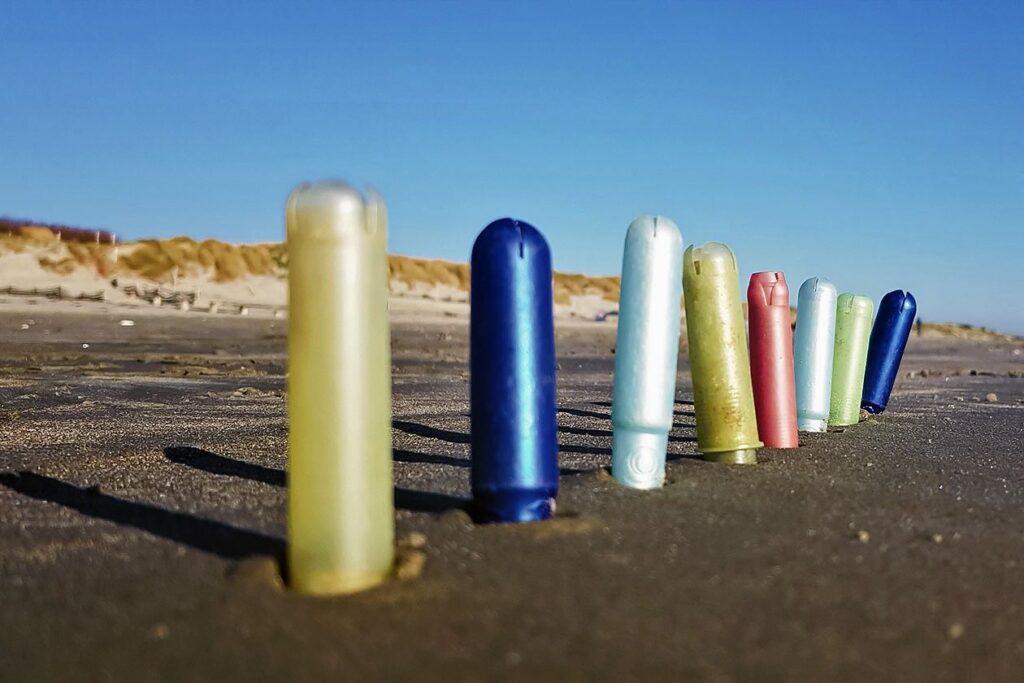It’s not even New Year’s Eve yet and we’re already feeling a bit hungover from this past year. It’s been… a lot. The Covid-19 pandemic surged, receded, then surged again. In climate news… We passed the point of no return on the planet warming 2° Fahrenheit since the pre-industrial era, setting a path for irreparable global warming. The year did see to some big government promises aimed at mitigating the climate crisis. And now, we wait and see if they act on it in 2022.
But it’s not all doom and gloom. This year had its silver linings. It’s been full of incredible innovations and emerging technologies, such as fur and diamonds grown in a lab. And there were some positive strides made for animals and the planet. Expedia pledged to no longer sell tickets to attractions like SeaWorld, which offer captive cetacean experiences. Numerous brands went fur-free. Car makers like Volvo and Ford Europe committed to going electric. Countries like France took aim at plastic waste, banning unnecessary plastic packaging for fruits and vegetables.
So before you settle in for that long winter’s nap (which, after this year, we all deserve), cozy up with some cocoa or tea, and catch up on our most eye-opening reporting of the year. These riveting stories shed a light on what’s to come next year—for the planet and all of its inhabitants.

The history of Big Meat
Want to learn about the true story behind why four conglomerates control the majority of the U.S. meat industry? This piece is it. From the rise of industrial animal agriculture to price-fixing and the failure of antitrust laws, this article delves into the four largest beef packers—Tyson, JBS, National Beef, and Cargill—and their rise to dominance.
Follow the timeline through the Roaring ’20s, when the 1921 Packers & Stockyards Act created the USDA Packers and Stockyards Administration to police large meat packers. Fast forward to the ’70s, ’80s, and ’90s, which gave way to corruption, consolidation, and price-fixing. And skip to today, where about nine billion factory-farmed animals are slaughtered each year. This is the outrageously corrupt history of the meat industry.
Meat production, pollution, and the human death toll
You know the animal statistics. But what about the meat industry’s impact on humans? Did you know: Animal agriculture is responsible for thousands of deaths every single year? This piece takes a deep dive into the health implications of those living in areas—usually marginalized communities—that are located near factory farms. The primary culprit? Pollution.
“Poor air quality is the largest environmental health risk in the United States and worldwide, and agriculture is a major source of air pollution,” the authors of a 2015 study report. “Nevertheless, air quality has been largely absent from discussions about the health and environmental impacts of food.”

Here’s why we need sharks
Which one of these is capable of removing carbon from the atmosphere: sharks or trees? Trick question. The answer is both. The OGs of the sea, sharks have been around for 450 million years. And for good reason. The planet and all of its inhabitants depend on the creatures to survive. A keystone species, sharks are carbon sinks and are capable of absorbing and storing the atmospheric pollutant.
Microplastics are everywhere, even our food
Did you know you could be eating a credit card’s worth of microplastic every. Single. Week? Less than 5mm in size, microplastics are basically small pieces of plastic. They can vary in size from microscopic to about the size of a grain of rice. But despite their small size, microplastics can take hundreds of years to biodegrade. They’re all over the place: oceans, waterways, plants, animals, and the air that we breathe. And they’re having disastrous impacts on our health and the environment.

How menstrual products became so unsustainable
Let’s talk about that time of the month. Has your period gone green yet? We’re talking planet-friendly. Each year, 200,000 menstrual product plastic goes to waste. Here’s a complex history of period plastic and what the future of sustainable menstrual products looks like. Did you know that an actress filed a patent for a menstrual cup in 1937? Neither did we.
Fashion is killing the Amazon rainforest
Are your garments responsible for the demise of the Amazon rainforest? Maybe. A new study has revealed that more than 50 companies—including the likes of Nike, Fendi, UGG, Zara, Prada, Louis Vuitton, and H&M—likely have links to deforestation. How? Many of them have ties to the world’s largest meat company and biggest exporter of leather in Brazil, JBS—a company that’s known for deforestation in the Amazon. Although the leather supply chain is difficult to trace, this report should be a call-to-action for brands to adopt more transparent and sustainable supply chains.


